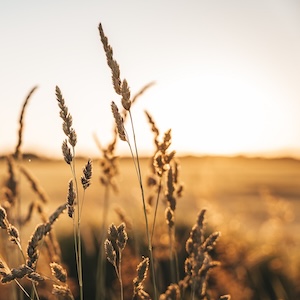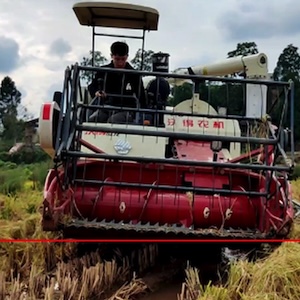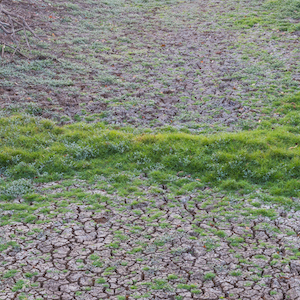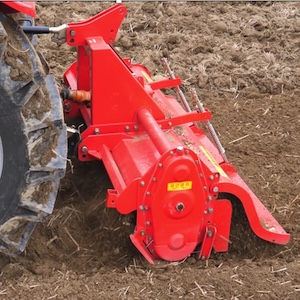Assessment of an expanded-polypropylene isothermal box to improve logistic sustainability of catering services
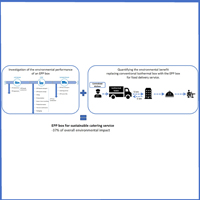
HTML: 100
All claims expressed in this article are solely those of the authors and do not necessarily represent those of their affiliated organizations, or those of the publisher, the editors and the reviewers. Any product that may be evaluated in this article or claim that may be made by its manufacturer is not guaranteed or endorsed by the publisher.
Authors
The European catering sector is hugely expanding and serves over 6 billion meals every year, which translate in 65 million meals per day. The aim of our study was to investigate the environmental performance of the expanded-polypropylene (EPP) box production process to improve sustainability in catering services. Moreover, a quantification of the environmental benefit in using the EPP box instead of the conventional packaging was performed. The life cycle assessment was conducted following the ISO 14044:2006 standard. The EPP box for food delivery makes it possible to design a catering service characterised by –37% of overall impacts compared to the use of the common box. EPP represents a useful solution for environmentally sustainable catering services due to its mechanical response and the insulating properties of the polymer foam. The environmental impact of the EPP box life cycle can be further reduced (–29%) by changing the energy country mix and applying a circular economy model, thus recycling the 100% of the EPP box. In conclusion, the EPP box represents a useful solution for an environmentally sustainable catering service.
How to Cite

This work is licensed under a Creative Commons Attribution-NonCommercial 4.0 International License.
PAGEPress has chosen to apply the Creative Commons Attribution NonCommercial 4.0 International License (CC BY-NC 4.0) to all manuscripts to be published.
Similar Articles
- Ioannis Gravalos, Avgoustinos Avgousti, Theodoros Gialamas, Nikolaos Alfieris, Georgios Paschalidis, A robotic irrigation system for urban gardening and agriculture , Journal of Agricultural Engineering: Vol. 50 No. 4 (2019)
You may also start an advanced similarity search for this article.

 https://doi.org/10.4081/jae.2021.1139
https://doi.org/10.4081/jae.2021.1139




